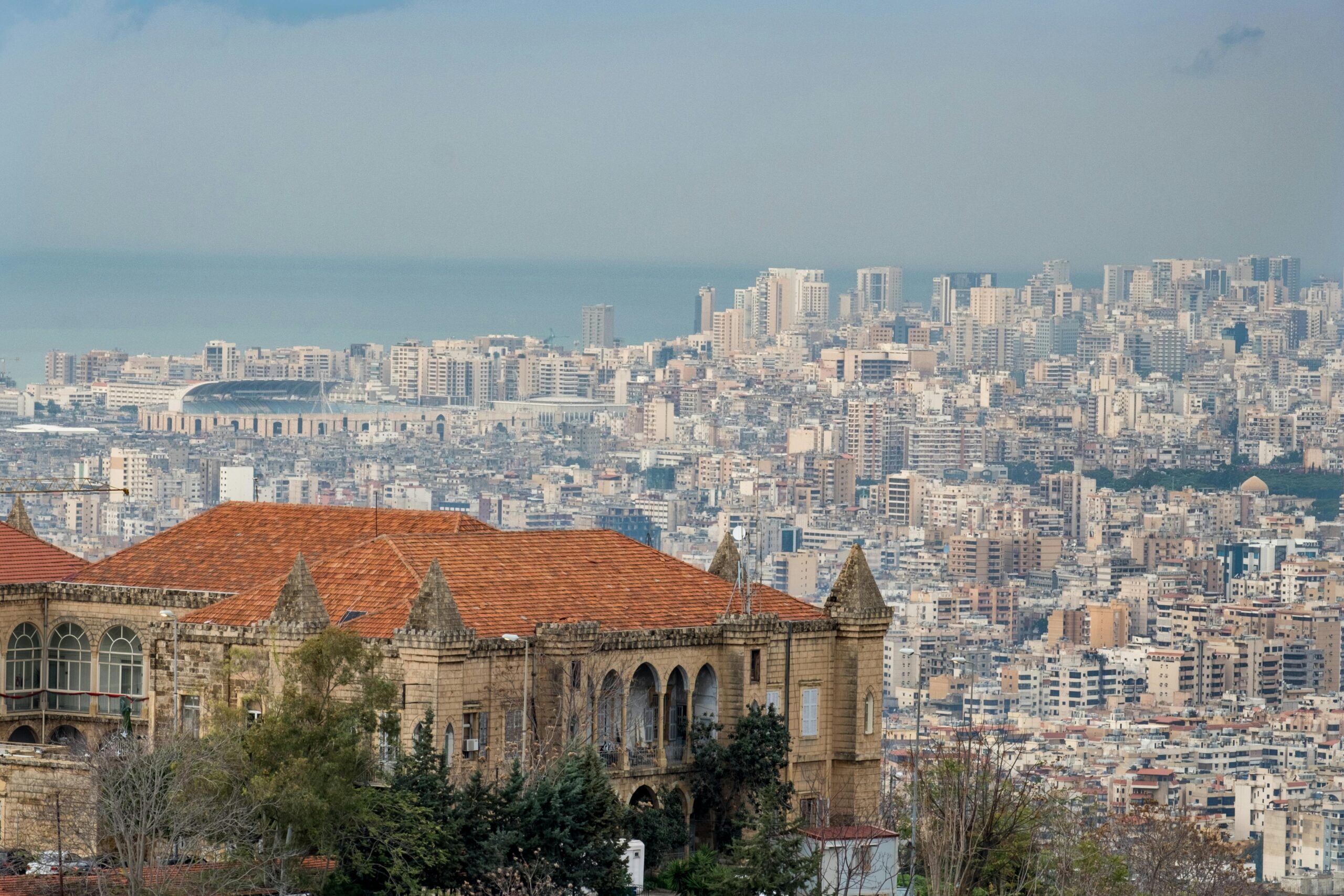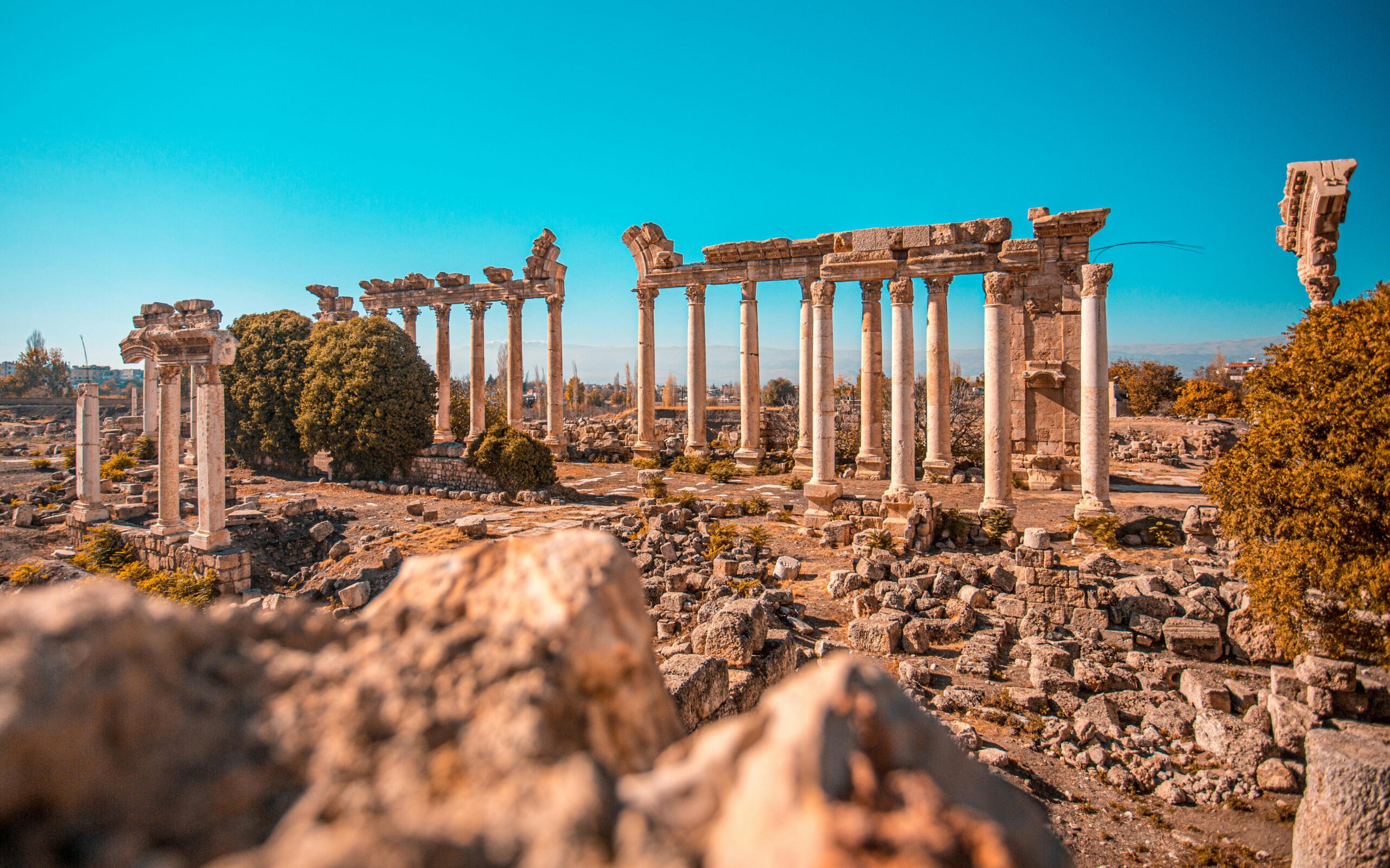Hidden Gems of Lebanon: Exploring Off-the-Beaten-Path Destinations
Lebanon is a country brimming with history, culture, and stunning landscapes. While cities like Beirut and Byblos attract many visitors, there are numerous hidden gems waiting to be discovered. This guide will take you off the beaten path to explore some of Lebanon’s most enchanting and lesser-known destinations.
1. Qadisha Valley: A Natural Paradise
Overview
The Qadisha Valley, a UNESCO World Heritage Site, is a breathtaking gorge that has been a place of refuge and spirituality for centuries. Known for its stunning landscapes and ancient monasteries, it’s perfect for hiking and nature lovers.
Highlights
- Monastery of Qozhaya: A historic monastery dating back to the 5th century, nestled in the valley.
- Hiking Trails: Explore well-marked trails offering panoramic views of the valley and its dramatic cliffs.
- Natural Beauty: Experience the diverse flora and fauna, particularly during spring when the valley blooms.
Visiting Tips
- Getting There: Located about 30 kilometers north of Tripoli, accessible by car.
- Best Time to Visit: Spring and autumn are ideal for pleasant weather and stunning scenery.
2. Batroun: A Coastal Gem
Overview
Batroun is a charming coastal town known for its picturesque harbor, beautiful beaches, and vibrant nightlife. It’s a perfect escape for those looking to relax by the sea.
Highlights
- Historic Old Town: Wander through the narrow streets filled with ancient architecture and local shops.
- Beach Clubs: Enjoy the sun at beach clubs that offer a mix of relaxation and entertainment.
- Seafood Dining: Savor fresh seafood at local restaurants overlooking the Mediterranean.
Visiting Tips
- Getting There: Batroun is about 50 kilometers north of Beirut, easily reachable by car or bus.
- Best Time to Visit: The summer months are perfect for beach activities.
3. Tannourine: The Cedar Forest
Overview
Tannourine, home to the famous Tannourine Cedar Reserve, is an ideal destination for nature enthusiasts. The reserve features some of the oldest cedar trees in Lebanon, making it a unique ecological haven.
Highlights
- Cedar Trees: Explore the stunning cedar forests, a symbol of Lebanon’s natural heritage.
- Hiking and Trekking: Discover various trails that range from easy walks to challenging hikes.
- Local Villages: Experience the charm of traditional Lebanese villages and enjoy local hospitality.
Visiting Tips
- Getting There: Tannourine is located about 80 kilometers from Beirut, accessible by car.
- Best Time to Visit: Visit in autumn for vibrant foliage or spring for blooming wildflowers.
4. Deir el Qamar: A Step Back in Time
Overview
Deir el Qamar is a historic town known for its well-preserved architecture and rich history. Once the capital of Mount Lebanon, it offers a glimpse into the country’s past.
Highlights
- Historic Mansions: Visit beautifully restored mansions showcasing traditional Lebanese architecture.
- Palace of Emir Fakhreddine: Explore the former residence of one of Lebanon’s most notable rulers.
- Artisan Shops: Discover local crafts and artisanal products in the charming streets.
Visiting Tips
- Getting There: Deir el Qamar is approximately 40 kilometers southeast of Beirut, easily accessible by car.
- Best Time to Visit: Spring and fall provide the best weather for exploring.
5. Anjar: The Ruins of the Umayyad City
Overview
Anjar is an archaeological site that features the ruins of a Umayyad city, offering a fascinating glimpse into Lebanon’s Islamic heritage. It is less visited than other historical sites, making it a peaceful stop for history enthusiasts.
Highlights
- Umayyad Ruins: Explore the remnants of palaces, a mosque, and an intricate water system.
- Cultural Significance: Learn about the city’s role in the Umayyad dynasty and its architectural influences.
- Scenic Views: Enjoy the backdrop of the stunning Bekaa Valley while wandering through the ruins.
Visiting Tips
- Getting There: Anjar is located about 60 kilometers east of Beirut, easily reachable by car.
- Best Time to Visit: Spring and fall are perfect for exploring the ruins comfortably.
Conclusion
Lebanon is a treasure trove of hidden gems waiting to be explored. From the natural beauty of Qadisha Valley to the historical richness of Deir el Qamar, these off-the-beaten-path destinations offer unique experiences that showcase the country’s diverse heritage. Whether you’re a nature lover, history buff, or simply seeking tranquility, Lebanon’s hidden gems promise unforgettable adventures.
Read more

